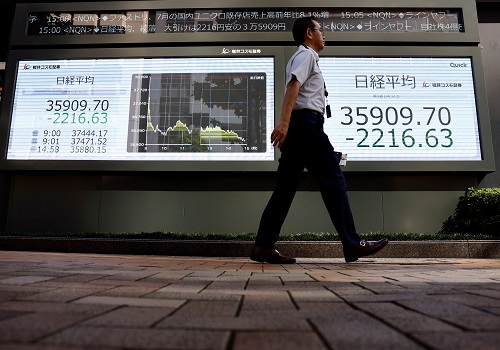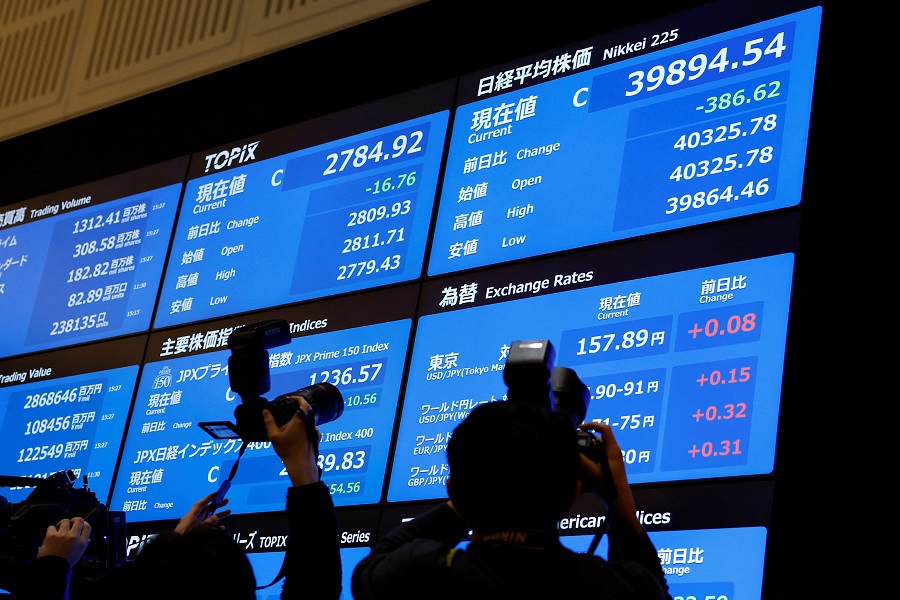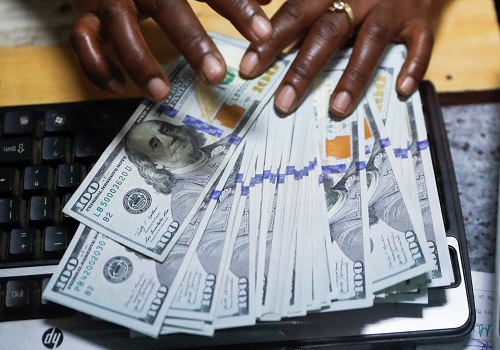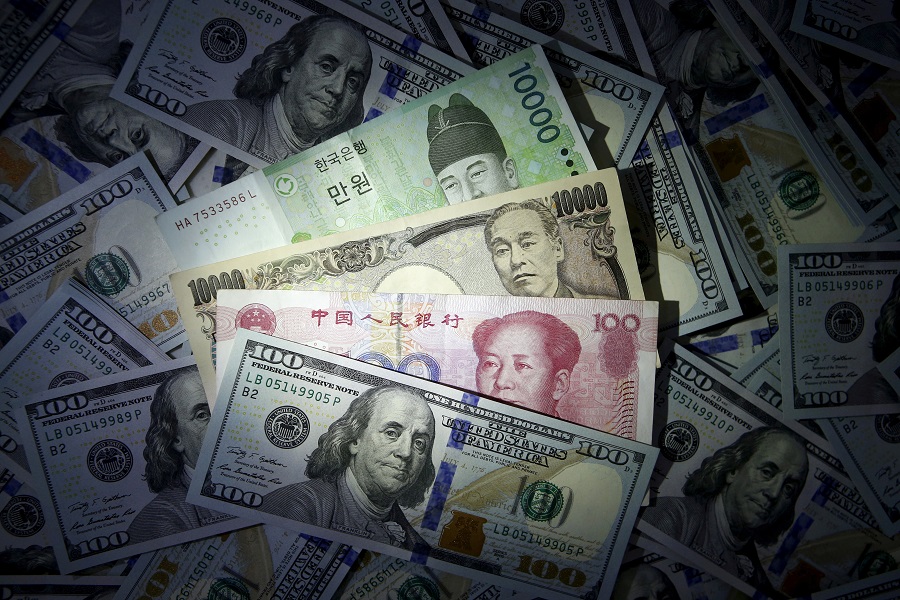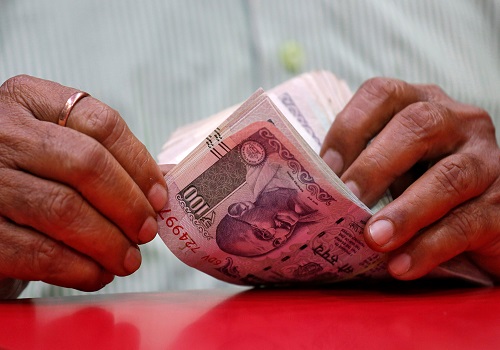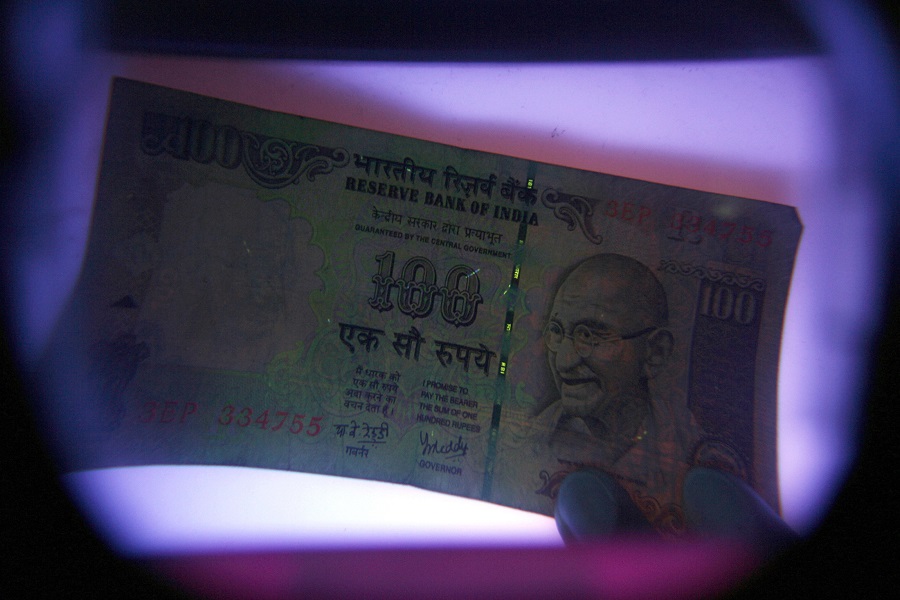Currencies tread cautiously after US inflation report, focus on ECB
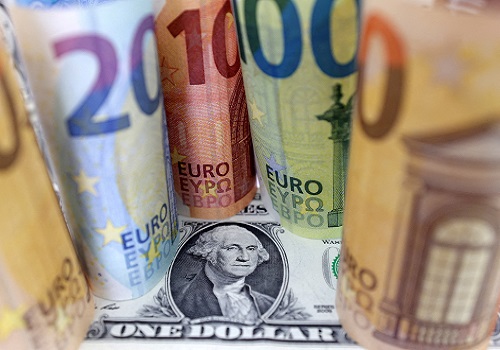
The currency market started the week cautiously, with the dollar slightly lower on Monday after data last week showed U.S inflation had stabilised in April, keeping the door open for the Federal Reserve to cut interest rates later in the year.
The dollar posted its first monthly decline of the year in May, weighed down by shifting expectations on when the U.S. central bank will cut rates and by how much.
Markets are pricing in 37 basis points of cuts this year from the Fed after data on Friday showed the personal consumption expenditures (PCE) price index increased 0.3% last month, matching the unrevised gain in March.
Traders are now pricing in about a 53% chance of a rate cut in September, versus about 49% before the report.
The inflation data still shows price pressures remain above the Fed's 2% target, with the year-over-year rise in the PCE index measuring 2.7% in April, the same rate as in March, keeping the markets unsure of more than one rate cut in 2024.
"If the Fed can cut because they can rather than because they have to stave off a recession, the markets should do well," said Brian Jacobsen, chief economist at Annex Wealth Management.
"The market will get impatient with the Fed's patience since the growth data suggests the Fed is waiting too long to recalibrate rates. They seem primed to seize defeat from the jaws of victory."
The dollar index, which measures the U.S. currency against six rivals, was 0.067% lower at 104.51 on Monday. The index fell 1.56% in May.
Sterling was 0.04% higher at $1.27475, while the euro last fetched $1.085325 ahead of the European Central Bank (ECB) policy meeting on Thursday when the central bank is seen as almost certain to cut rates.
The market is positioned for a relatively hawkish meeting and sees a skew towards a positive reaction in the euro, according to Chris Weston, head of research at Pepperstone.
The comments from ECB officials will be in focus for traders along with economic projections as they assess whether the central bank will provide further cuts after Thursday in the wake of data showing a rise in euro zone inflation in May.
Markets are pricing in 57 basis points of cuts this year from the ECB.
Meanwhile, data released on Friday by Japan's Ministry of Finance confirmed that the authorities spent 9.79 trillion yen ($62.23 billion) intervening in the foreign exchange market to support the yen over the past month.
The data confirmed the suspicions of traders and analysts that Tokyo entered the market in two rounds of massive dollar-selling intervention shortly after the yen hit a 34-year low of 160.245 per dollar on April 29, and again in the early hours of May 2 in Tokyo.
The yen was last at 157.15 per dollar on Monday in early trading.
"It will not go unnoticed by Japanese currency officials that the yen was the only G10 currency that weakened against the US dollar on Friday night," said Tony Sycamore, a market analyst at IG.
Sycamore said the officials will be looking for new answers to rescue the yen given surging 10-year JGB yields and foreign exchange intervention have failed thus far.

















